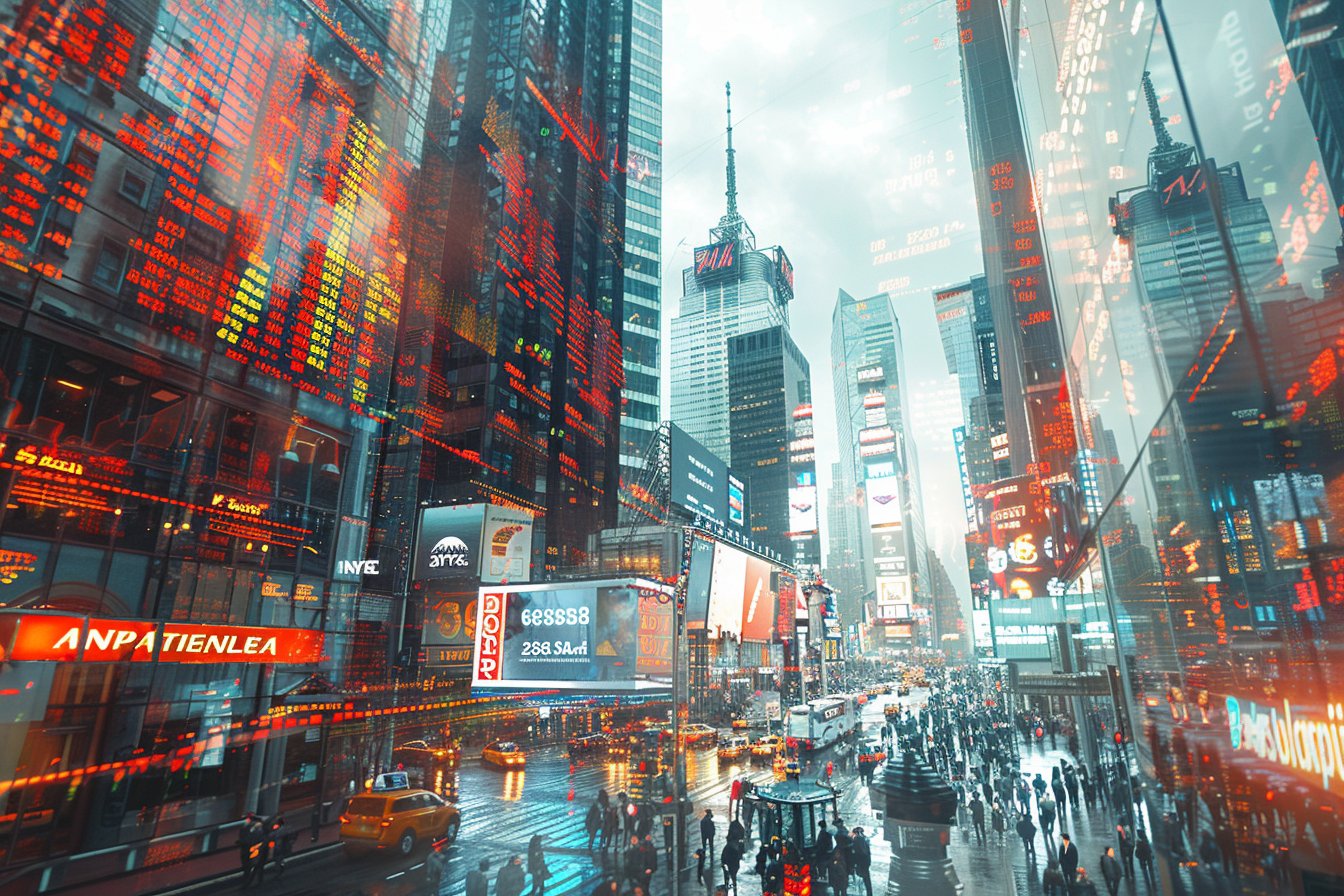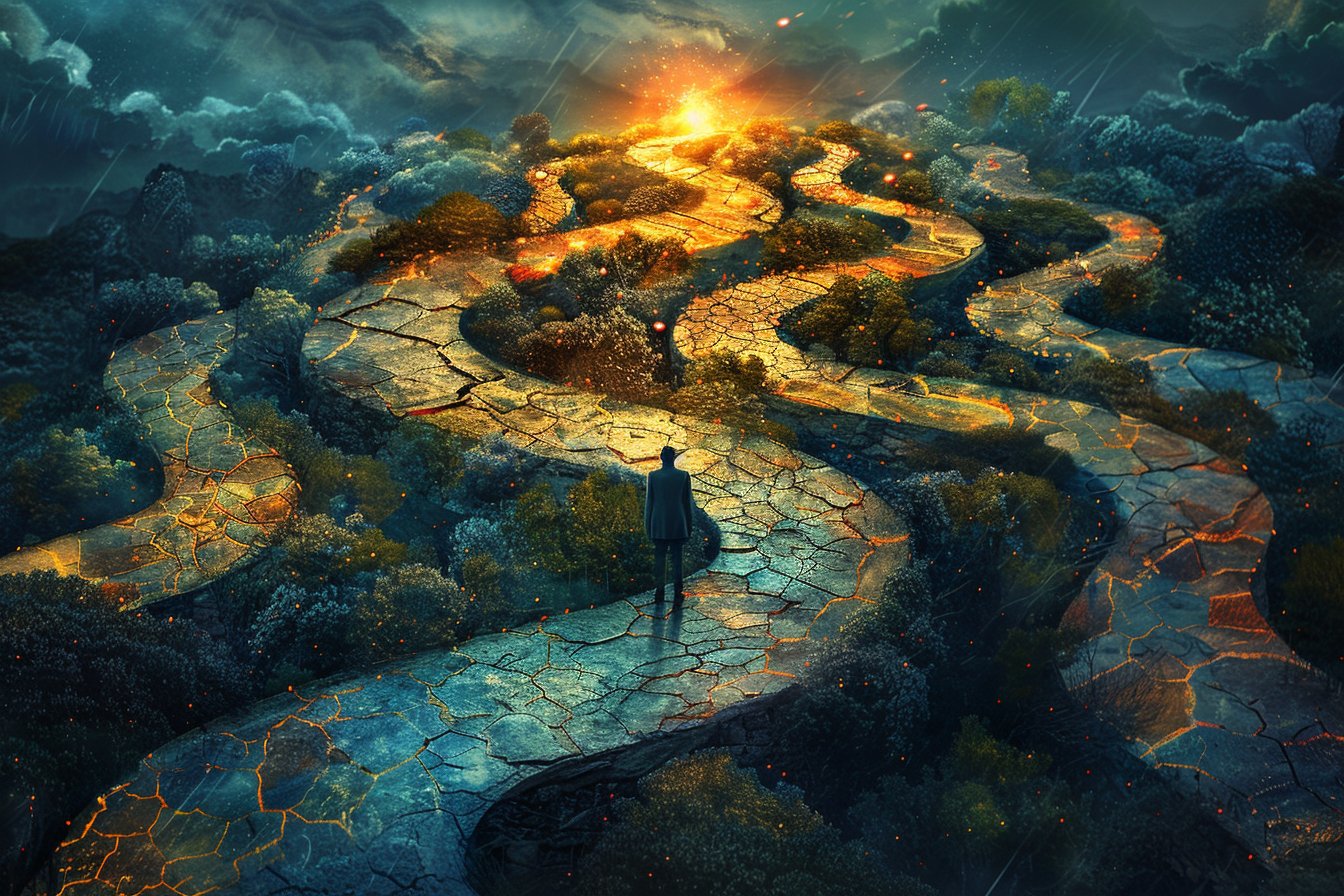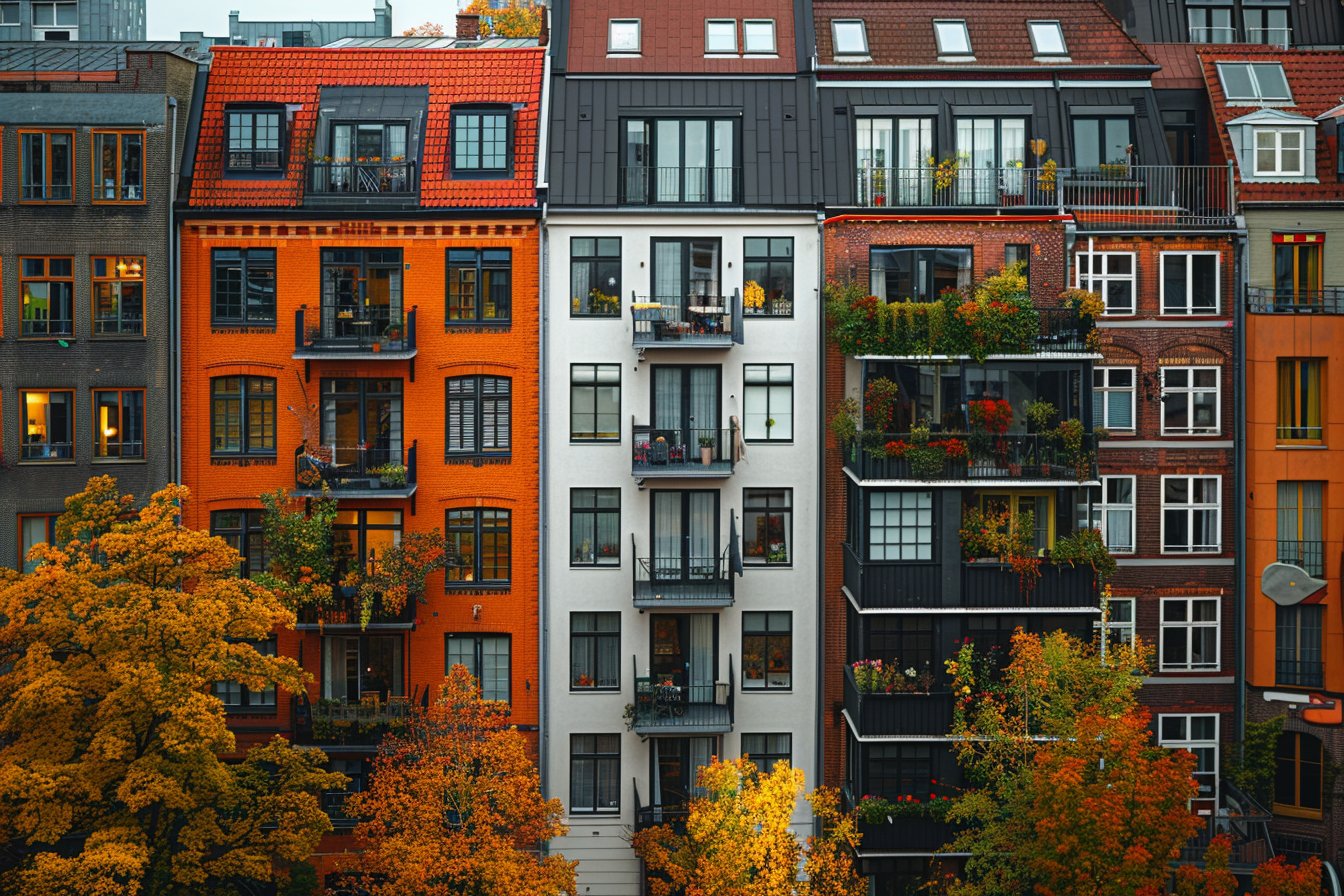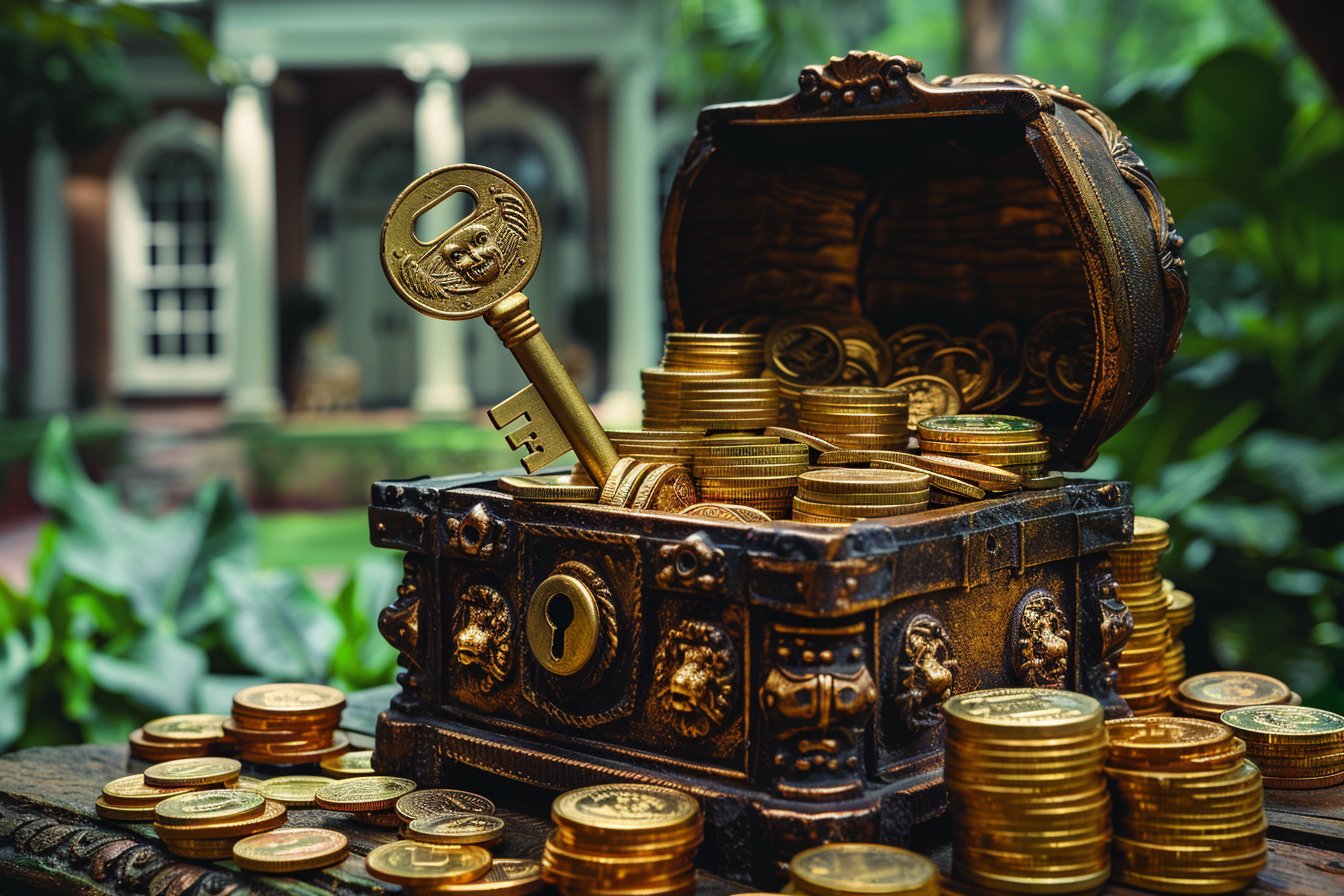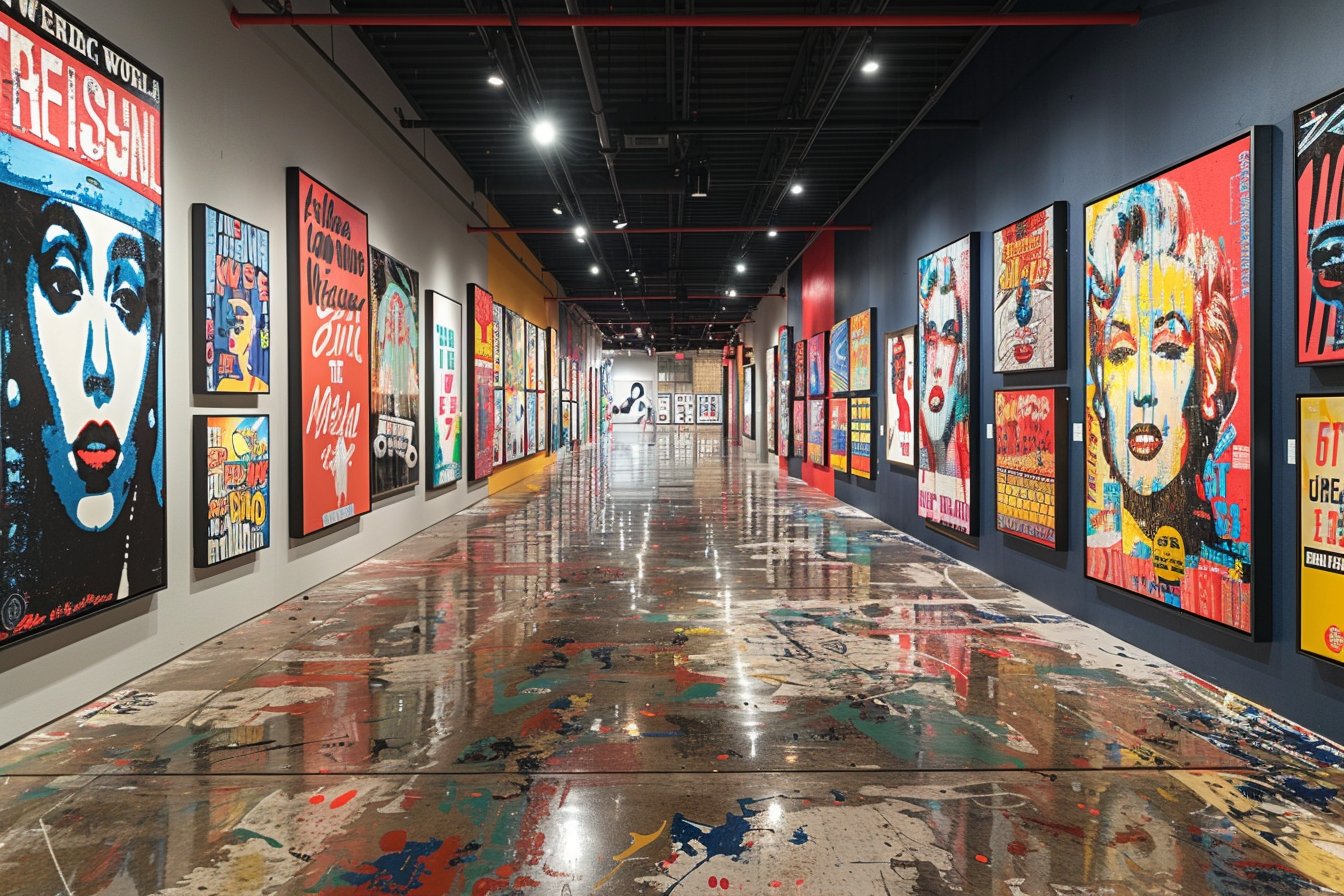In recent years, we’ve seen a myriad of creative expressions and innovative techniques used in various art forms. It can be challenging to pin down one specific movement considering the fluid, global nature of contemporary art today. However, some distinct trends have emerged with time or resurged in popularity, revealing patterns that may shape the way we perceive and engage with visual arts for years to come.
A Brief Look at Past Art Movements
Before delving into the latest art movements, let’s take a step back to appreciate the ground-breaking evolutions that shaped the world of art throughout history. Understanding past ‘isms’ provides context on how current creative movements have been formed.
- Renaissance: Rebirth of classical learning and humanism that spawned key developments in architecture, literature, painting, and sculpture from the 14th to the mid-17th centuries.
- Romanticism: Mid-18th to mid-19th century response against rationalism and industrialization that emphasized emotion, individualism, and inspiration from nature in different forms of expression.
- Impressionism: The 19th-century rebellion against academic traditions using visible brushstrokes, light-filled scenes, subjects from daily life to convey optical impressions rather than detailed representations.
- Cubism: A radical approach led by Pablo Picasso and Georges Braque between 1907 and 1914 that dismantled form into fragments and geometrical shapes showing multiple viewpoints simultaneously.
- Abstract Expressionism: Characterized by spontaneity, symbolism, and unconscious actions, these bold, gesture-driven artworks spearheaded a cultural shift in the post-World War II era, making New York the epicenter of contemporary art.
- Minimalism: A visual aesthetic focused on simplicity and reduction that emphasized orderly arrangements, geometric shapes, and monochromatic palettes from the late 1950s onwards.
The Emergence of Post-Internet Art
In today’s digital age, it comes as no surprise that our everyday lives, including our engagement with art, have been heavily influenced by the internet. This reliance on technology has fueled the rise of Post-Internet Art, an umbrella term that encompasses various artistic practices revolved around the internet and its impact on human experience and society.
Postinternet Aesthetics
Describing the vast array of works created both online and offline, Post-Internet Aesthetics celebrate the fusion of fine art principles with technological advances. From using algorithms and programming languages to create intricate visual patterns, to manipulating virtual reality and augmented reality for immersive experiences, artists are increasingly embracing digital tools to challenge traditional boundaries and express their visions in innovative ways.
Social Media Influence
Platforms like Instagram, TikTok, and Pinterest have not just provided a new space for artists to showcase their work but also shaped how they conceptualize it. Display formats, color palettes, aesthetics, and subject matters tailored for social media consumption have altered creative processes and preferences over time.
Searching for Social Statements: Activist Art
Another defining aspect of recent years is the rise of art forms which carry strong socio-political messages. Whether speaking against climate change, racial injustice, gender inequality, or other critical issues plaguing contemporary society, artists are often seen leveraging their voices to propel social progress.
Street Art Meets Activism
While street art gained major traction during the 1980s, it’s now evolved beyond its initial rebellious ethos and embraced different forms of activism. Bold murals, graffiti interventions, and compelling stencils containing powerful messages have found permanent homes on streets and buildings worldwide. This public art movement demonstrates the power of creativity in prompting conversations, raising awareness, and inspiring action for change.
Eco-Art: The Art of Sustainability
As ecological concerns become increasingly urgent, artists are utilizing creative means to address environmental issues. Eco-art spans various materials and techniques – from incorporating recycled and biodegradable resources into sculptures and installations, to using natural elements like plants, fungi, bacteria, or even ice to create transient, ephemeral compositions that highlight nature’s fragility.
Back to Basics: Revisiting Traditional Techniques
Counteracting the surge in digital artistry, there has been a renewed interest in traditional artistic techniques such as oil painting, printmaking, ceramics, fiber arts, and embroidery among contemporary creators. This resurgence not only reflects a desire to reconnect with historical methods but also emphasizes the value of timeless skill and craftsmanship.
Reinventing Traditional Narratives
Contemporary artists dabbling in classic techniques often fuse them with modern-day themes and storytelling approaches, generating fresh perspectives on age-old practices. For instance, analog photography enthusiasts might experiment with alternative processes or chemical manipulation while still remaining true to film’s essence.
Finding Comfort in Creating by Hand
The tactile allure of hand-created works has captivated both artists and viewers alike in our screen-centric world. Manually setting up a loom for weaving, sculpting clay, or executing intricate brushstrokes on canvas offers a sense of groundedness and warmth that is particularly appreciated in these fast-paced times.
Ultimately, the current art landscape showcases a brilliant amalgamation of digital evolution and traditional mastery, with conscious efforts to challenge societal norms while still appreciating historical roots. In an ever-changing world, the exploration and understanding of emerging creative trends stand as a testament to the adaptability and resilience of human expression.

